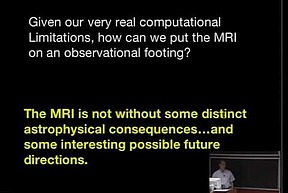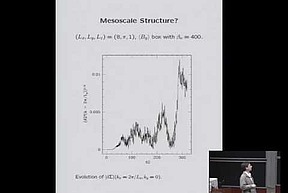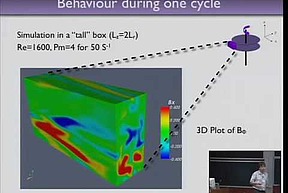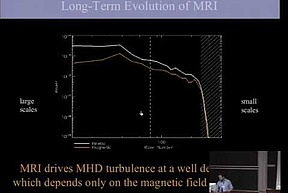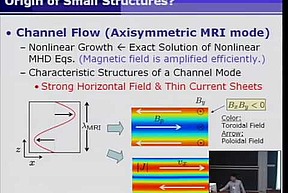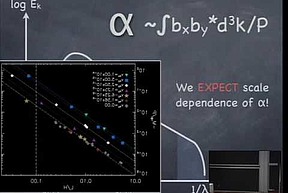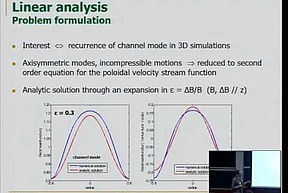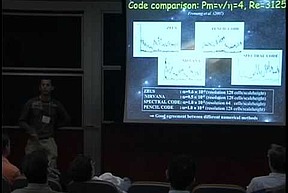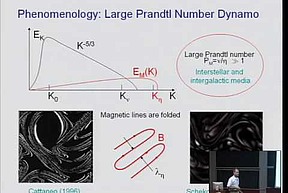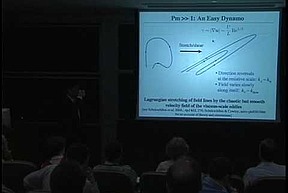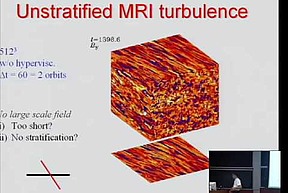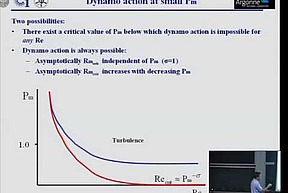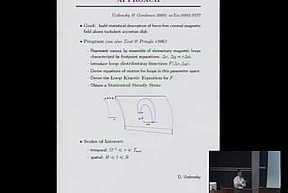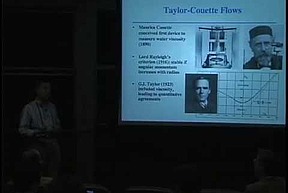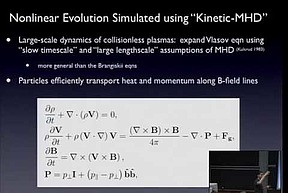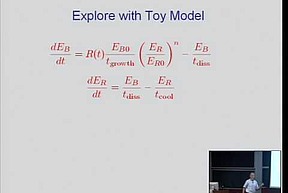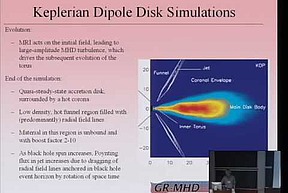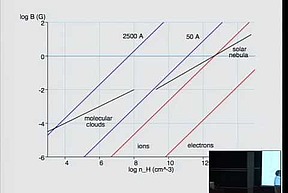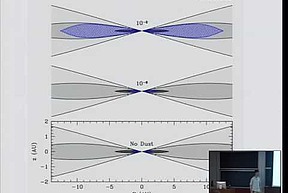Astrophysics Workshop on Saturation and Transport Properties of MRI-driven Turbulence
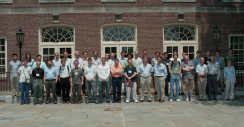 These talks were given at the workshop on "Saturation and Transport
These talks were given at the workshop on "Saturation and Transport
Properties of MRI-driven Turbulence" that took place at the School of
Natural Sciences from June 16 to June 18, 2008.
The magnetorotational instability (MRI) is currently considered the most promising mechanism for driving the magnetohydrodynamic turbulence thought to enable efficient accretion in a wide range of astrophysical systems, from young stars to neutron stars and from galactic black holes to the massive black holes found in the centers of galaxies. Understanding this process is essential for explaining the properties of quasars, active galactic nuclei, stellar X-ray sources, cataclysmic variable stars, jets from young stars and galaxy centers, and perhaps even planetary systems. Because of this broad relevance, magnetohydrodynamic turbulence driven by the MRI has been a major focus of attention in astrophysics since the early 90's. These talks address current progress and future theoretical, numerical, and experimental challenges in this field.
